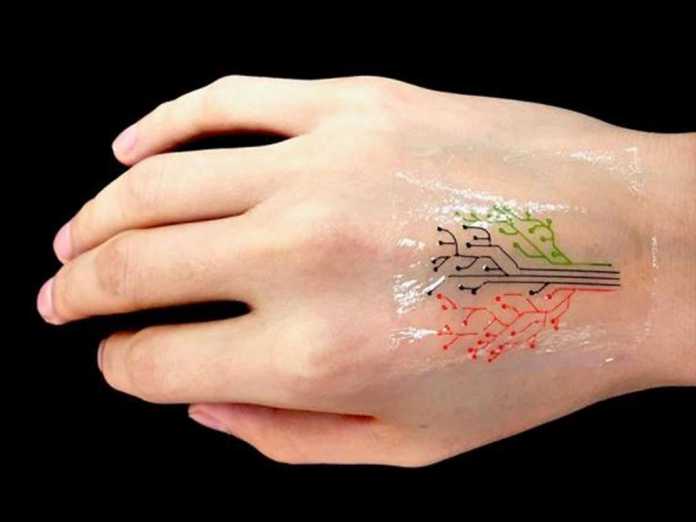Researchers at the Massachusetts Institute of Technology (MIT) have devised a 3D printing technique that makes use of ink made up of genetically programmed living cells.
The cells are engineered to light up in response to a variety of stimuli. When mixed with hydrogel and nutrients, the cells can be printed layer-by-layer to form three-dimensional, interactive structures and devices.
The research team demonstrated this technique by printing a “living tattoo” — a thin, transparent patch patterned with live bacteria cells in the shape of a tree. Each branch of the tree is lined with cells sensitive to a different chemical or molecular compound. When the patch is adhered to skin that has been exposed to the same compounds, corresponding regions of the tree light up in response.
A statement made by the team said, “This technique can be used to fabricate ‘active’ materials for wearable sensors and interactive displays. Such materials can be patterned with live cells engineered to sense environmental chemicals and pollutants as well as changes in pH and temperature”.
In the future, researchers may use the team’s technique to print ‘living computers’ — structures with multiple types of cells that communicate with each other, passing signals back and forth, like transistors on a microchip.






























